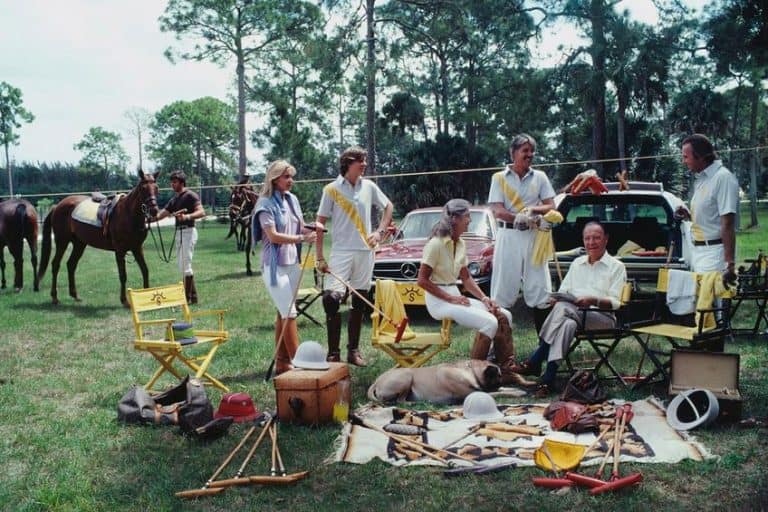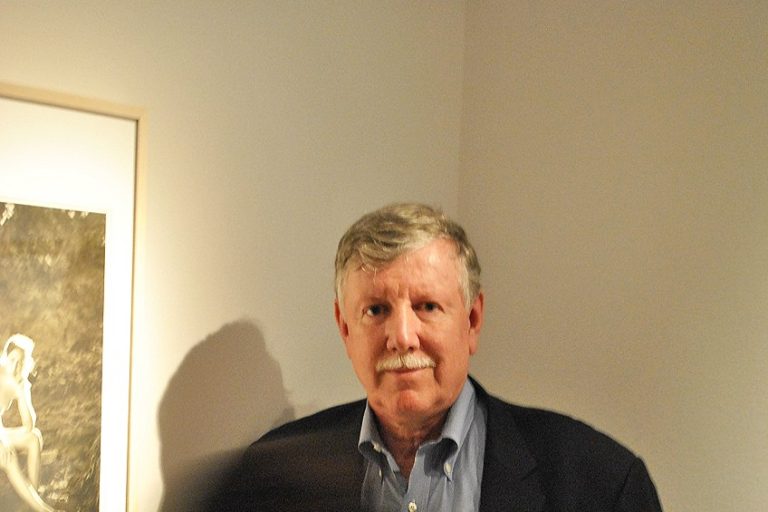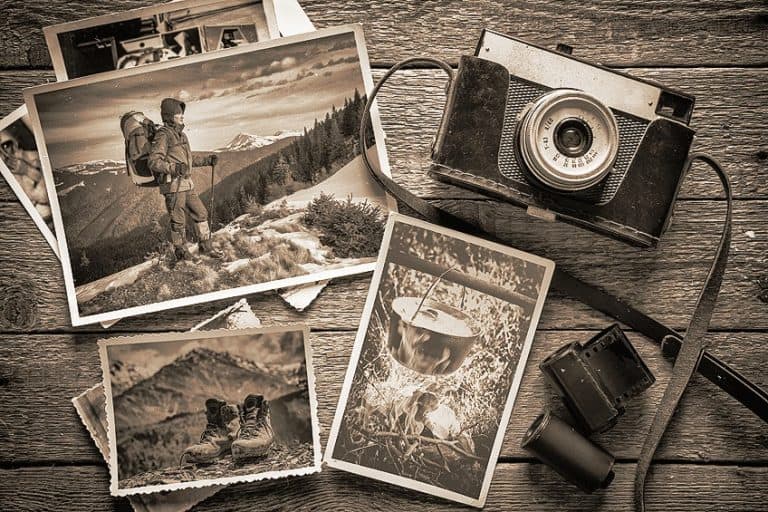Pattern in Photography – Capturing Visual Rhythms in Images
Welcome to the mesmerizing world of patterns in photography! Behind every great photograph lies an intricate dance of shapes, lines, and repetitions that draw us into a captivating rhythm. From the rhythmic symmetry of architectural wonders to the organic swirls of nature’s designs, patterns are the silent storytellers of the visual realm. In this article, we embark on a journey through the lens, exploring the enchanting tapestry of patterns that embellish our photographic adventures. So, grab your camera, and let’s uncover the beauty that lies within the repetition!
Table of Contents
Key Takeaways
- Patterns enhance visual interest and guide the viewer’s attention within a photograph.
- Recognizing and utilizing patterns in compositions can create a sense of harmony and order.
- Patterns are a versatile compositional tool, valuable in various photography genres from nature to urban settings.
Why Use Patterns in Photography?
Patterns in photography serve as a powerful tool to enhance visual interest and composition. They have the innate ability to draw the viewer’s eye, as the human brain is naturally inclined to look for order and repetition in the visual environment. Patterns can be found or created, offering a diverse array of possibilities in image-making. Recognizable for its repetition of shapes, lines, colors, or forms, it invites the viewer to look beyond the subject to the underlying order and structure within the frame. Through the deliberate use of patterns, photographers can lead the eye, emphasize themes, and create a sense of harmony in their work.

Incorporating patterns can elevate a photograph by adding a layer of complexity and visual interest that attracts and holds the viewer’s attention. Patterns can emerge from the natural world, the built environment, or fleeting human interactions captured in street photography. Whether found or constructed, they are a testament to the photographer’s eye for detail and their ability to perceive and organize chaos into coherence.
- Visual appeal: Patterns provide a sense of rhythm and can lead to aesthetically pleasing compositions that captivate viewers. The repetition of shapes, lines, and colors generates harmony within the frame, making the photograph more enjoyable to look at.
- Focus and engagement: Utilizing patterns can keep a viewer’s attention focused on the image. As audiences explore the repeating elements, their engagement with the photograph deepens, allowing for a longer appreciation of the work.
- Simplicity and complexity: A simple pattern can give a sense of order and cleanliness, whereas a complex pattern will evoke curiosity. Both add layers of meaning and can transform an otherwise mundane scene into a compelling subject.
- Enhanced composition: Patterns can also serve as a means to guide composition, leading the viewer’s eye through the image. They can act as a framework, around which the rest of the photograph is organized, creating balance and a sense of unity.
Photographers use patterns as a technique to not only enhance the visual dynamics but also to infuse their photographs with a distinct signature that signifies careful composition and attention to detail.
Understanding Patterns in Photography
Patterns in photography are a fundamental aspect that bring structure and appeal to an image. They can transform a simple scene into a captivating subject by adding depth and visual interest.

Capturing Patterns
Shapes and forms act as the building blocks of patterns. They can range from the organic outlines found in nature to the rigid geometry of urban architecture. Repetition is key; it refers to the regular occurrence of shapes or elements. When a viewer’s eye spots repetition, it naturally follows the trail, which can lead through the entire composition.
Photographers often use patterns to introduce or emphasize texture and symmetry. Texture enhances the tactile quality of an image, while symmetry involves balance and proportion, often leading to a pleasing aesthetic. Regular patterns display consistent shapes and lines, creating harmony and order, while irregular patterns can inject a dynamic, unexpected quality into a photograph.
Color plays a crucial role, discerning different parts of the pattern and adding another layer of interest.
Contrast within colors can define edges and separate repeating elements effectively. When capturing patterns, consider both geometric and abstract patterns. When it comes to geometric patterns, these involve strict lines and shapes, such as squares or triangles, often found in man-made structures. However, abstract patterns are less about concrete shapes and more about the idea of a pattern. They may arise from close-up details, shadows, or reflections, presenting an intriguing puzzle to the viewer.
Photographers are encouraged to seek out patterns across diverse settings. Nature presents an array of patterns within leaves, tree branches, and rock formations, each telling its own story of organic beauty. Urban landscapes unveil patterns through building facades and stacked windows, showcasing the rhythm of city life. Even ordinary objects can be deliberately arranged to form captivating patterns, granting photographers control over composition and design, adding depth and intrigue to their visual narratives. Identifying and incorporating these elements into photography requires a discerning eye and can elevate the visual impact of an image.
Types of Patterns
Patterns in photography are vital compositional elements that contribute to the aesthetic appeal of an image. They provide structure and can evoke different emotional responses depending on their arrangement.
- Natural patterns: These can include repetitions in nature such as tree formations, waves, or cloud arrangements.
- Man-made patterns: Architectural lines, bricks, and tiles are examples where human creation offers patterns.
- Abstract patterns: Sometimes unintentional, abstract patterns focus on the play of light, shadow, or color.

Regular Patterns
Regular patterns consist of repeated elements with predictable intervals. They are synonymous with order and rhythm, often found in man-made structures such as tiled floors or rows of windows.
Photographers may use these patterns to convey a sense of harmony and consistency.
Irregular Patterns
In contrast, irregular patterns lack uniformity and predictability. They are typically found in nature, like the random arrangement of leaves on the ground or the clouds in the sky. These patterns suggest spontaneity and can inject a dynamic feel into photographs.

Breaking the Pattern
Breaking the pattern involves introducing a point of contrast within a repetitive sequence. This technique draws the viewer’s eye to the point of difference, creating a focal point and adding interest to the composition.
It may be as subtle as a discolored tile amongst a uniform backdrop or as pronounced as a splash of color in a monochromatic field.
Composition and Technique
In photography, composition, and technique form the bedrock of visual storytelling. They are essential in guiding the viewer’s eye and establishing a scene’s aesthetic balance. Composition refers to the arrangement of elements within a photograph, a cornerstone for conveying meaning and emotion. Techniques such as the Rule of Thirds, where a frame is divided into nine segments, help photographers position a subject in a way that is naturally pleasing to the eye.
Balance is achieved by considering the visual weight of subjects, colors, and textures, thus providing structure to a photograph. Design elements, like patterns and textures, add depth, while perspective and different angles can dramatically alter a photo’s narrative.

Using different focal lengths affects composition by changing the relationship between foreground and background. A wide-angle lens offers a vast field of view, often including leading lines that converge toward the horizon, whereas a telephoto lens might compress these lines, altering the perception of distance.
Photographers who fill the frame produce intimate, detailed images that immerse the viewer, a technique frequently seen in macro photography. This close-up approach often reveals patterns and textures that go unnoticed at regular viewing distances. A mastered technique gives structure to composition, leading to a well-executed photograph that resonates with confidence and clarity.
As we conclude our exploration into the world of patterns in photography, remember that patterns are not just elements to capture but stories waiting to be told. From the harmonious geometry of man-made structures to the whimsical dances of nature’s creations, patterns add depth, rhythm, and intrigue to our visual narratives. So, let your creativity flourish, let your lens dance with the rhythms of repetition, and let patterns be your guide through the enchanting tapestry of photography. Embrace the unexpected, celebrate the symmetrical, and always remember, in the world of photography, patterns are not just motifs; they are the threads that weave together the fabric of imagination and creativity.
Frequently Asked Questions
How Can Patterns Enhance the Composition of a Photograph?
Patterns can add depth and interest to a photograph by creating a sense of harmony and rhythm. They guide the viewer’s eye across the image and can either serve as a focal point or as a backdrop to highlight the main subject.
What Techniques Can Be Used to Capture Patterns Effectively in Photography?
To capture patterns effectively, photographers often use a high angle to encompass the entirety of the pattern. They also tend to focus on framing and repetition, which can be done by either zooming in on detail to fill the frame with the pattern or by stepping back to show the scale of repetition within a larger context.
In What Ways Can Breaking Patterns Create Visual Interest in Photos?
Breaking patterns can create a point of interest or visual tension, compelling the viewer to linger on the exception. This disruption in uniformity can highlight important elements in the scene or convey specific messages, such as the contrast between regularity and chaos.
Isabella studied at the University of Cape Town in South Africa and graduated with a Bachelor of Arts majoring in English Literature & Language and Psychology. Throughout her undergraduate years, she took Art History as an additional subject and absolutely loved it. Building on from her art history knowledge that began in high school, art has always been a particular area of fascination for her. From learning about artworks previously unknown to her, or sharpening her existing understanding of specific works, the ability to continue learning within this interesting sphere excites her greatly.
Her focal points of interest in art history encompass profiling specific artists and art movements, as it is these areas where she is able to really dig deep into the rich narrative of the art world. Additionally, she particularly enjoys exploring the different artistic styles of the 20th century, as well as the important impact that female artists have had on the development of art history.
Learn more about Isabella Meyer and the Art in Context Team.
Cite this Article
Isabella, Meyer, “Pattern in Photography – Capturing Visual Rhythms in Images.” Art in Context. February 27, 2024. URL: https://artincontext.org/pattern-in-photography/
Meyer, I. (2024, 27 February). Pattern in Photography – Capturing Visual Rhythms in Images. Art in Context. https://artincontext.org/pattern-in-photography/
Meyer, Isabella. “Pattern in Photography – Capturing Visual Rhythms in Images.” Art in Context, February 27, 2024. https://artincontext.org/pattern-in-photography/.









